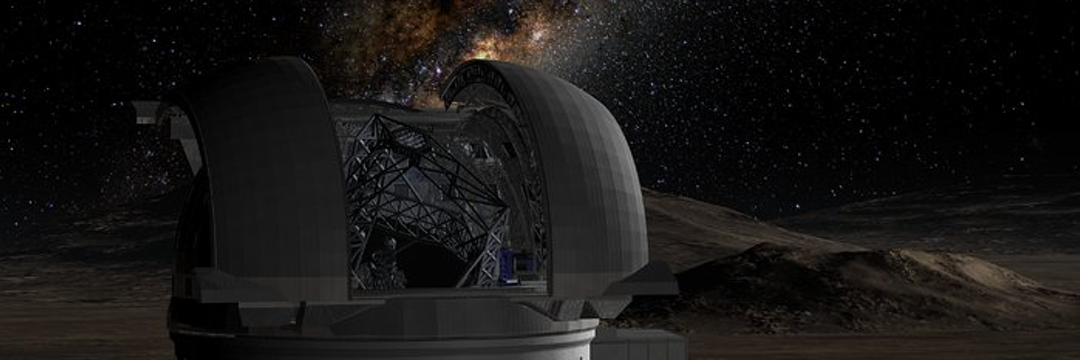
What happened in Tunguska?
On June 30, 1908, a huge explosion shook a remote region of Siberia, Russia, near the Podkamennaya Tunguska river, in the present territory of Krasnoyarsk
This event, known as the Tunguska explosion, is considered the largest impact of asteroid recorded on history.
Therefore, every 30th of June is celebrated asteroid day, to remember this impressive phenomenon.
On the morning of that summer day, a fireball crossed the sky, shining almost like the sun.
Witnesses said they saw a bluish light, followed by a flash and a cannon -shot sound.
The explosion was so strong that it knocked about 80 million trees in an area of “”2,150 square kilometers, killed reindeer and broke windows hundreds of kilometers away, and overthrow people with the shock wave.
Why is the event so mysterious?
Interestingly, no one found a crater at the explosion site, which intrigued scientists for decades.
They believe that the object, probably a rocky asteroid the size of a 25 -story building, did not touch the ground.
Instead, he exploded in the air, about 5 to 10 kilometers altitude, in a phenomenon called “air explosion”.
This explosion released energy equivalent to 4 TNT megatons, about 250 times more powerful than Hiroshima’s atomic bomb.

Why did it take long to understand what happened?
The region where the explosion occurred was very isolated, and only in 1927 a scientific team, led by Leonid Kulik, managed to reach the scene.
Kulik interviewed witnesses and examined the area with knocked trees, but did not find fragments of meteorite or a crater.
This generated crazy theories, such as the idea that the explosion was caused by an alien ship, a black mini hole or even an antimatter particle.
However, the real explanation is as fascinating as: an asteroid exploded in the atmosphere, causing destruction without leaving marks on the ground.

The connection with the meteor of Chelyabinsk#y#
A similar but smaller event took place on February 15, 2013, in the city of Chelyabinsk, also in Russia, about 2,400 kilometers from Tunguska.
An asteroid size of a five -story building exploded at 24 kilometers, generating a shock wave that broke about one million windows and injured more than a thousand people.
Fortunately, there were no larger damage, such as trees or drops.
This event in Chelyabinsk helped scientists better understand what happened in Tunguska.
With collected videos and data, they used computer models to confirm that asteroid air explosions can cause great damage even without reaching the ground.
Studying Tunguska to protect the future#y#
In 2019, scientists published new studies on Tunguska in *Icarus *, after a workshop organized by NASA.
They analyzed the event to learn how to protect land from future impacts.
Today, astronomers monitor objects near Earth (called Neos) and discuss what to do if a large asteroid is on a collision route.
Deborah Byrd :
? Sky Observer (@SkyObserve) September 5, 2017
Vapor trail left by the Chelyabinsk meteor, as captured by Flickr user Alex Alishevskikh.
Many people were driving and st? pic.twitter.com/2tT1CIwIfy
Spatial Missions for Planetary Defense
On September 26, 2022, NASA’s DART (Double Asteroid Redirection Test) Mission was a success when colliding with an asteroid named Dimorphos, showing that it is possible to change the orbit of a space object.
This was a practice for a dangerous asteroid threatening the earth.
The Hera Mission, launched by the European Space Agency (ESA) on October 7, 2024, will study the effects of Dart’s impact and are expected to reach the asteroid in December 2026.

Why does that matter?
According to NASA researcher Lorien Wheeler, there are still many uncertainties on how asteroids behave when entering the atmosphere and how much damage can cause.
Events like Tunguska and Chelyabinsk show that we need to improve our understanding to prepare better.
David Morrison, another NASA scientist, points out that Tunguska was the largest cosmic impact observed by modern humans and is an example of the type of threat we can face in the future.
Conclusion#y#
Tunguska’s explosion in 1908 was an impressive event that destroyed a huge forest area in Siberia without leaving a crater.
Today, scientists study this phenomenon to protect land from future asteroid impacts.
With missions like Dart and Hera, we are taking important steps to ensure the safety of our planet.
Published in 07/05/2025 01h42
Text adapted by AI (Grok) and translated via Google API in the English version. Images from public image libraries or credits in the caption. Information about DOI, author and institution can be found in the body of the article.
Reference article:
| Geoprocessing Drone Systems HPC |

| ERP and CRM Systems Mobile Systems AI |


